The classroom blackboard, a cornerstone in educational tools, has evolved significantly from its ancient origins. Initially, students in regions like Babylonia and Sumeria used clay tablets for writing, which could be erased or baked for permanence. By the 11th century, similar tools were employed in India for teaching.
The modern blackboard saw its inception at the turn of the 18th century, replacing individual slates with a wall-mounted solution for better classroom efficiency. This innovation spread rapidly, with slate for blackboards being sourced from various quarries across the United States.
Subsequent changes came in the 20th century with the introduction of the 'greenboard,' a lighter and more durable alternative to slate. The shift from black to green boards led to the term 'chalkboard' becoming prevalent. Later, the whiteboard emerged, offering a dust-free solution, though some educators still prefer the traditional blackboard for its tactile resistance, beneficial for young learners.
Despite the advent of more modern technologies, the blackboard remains an educational staple due to its simplicity and effectiveness. Its various incarnations, whether slate, green, or white, have maintained a presence in classrooms and boardrooms, proving its enduring value in instructional settings.
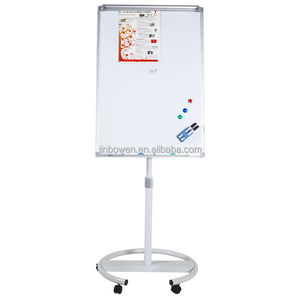

















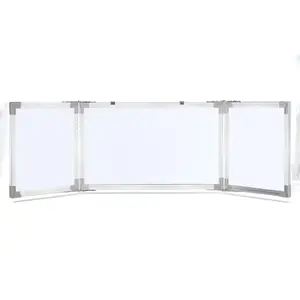

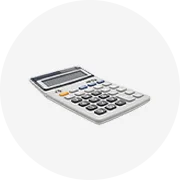

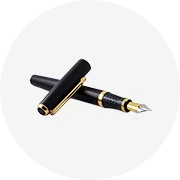
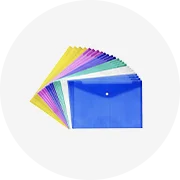
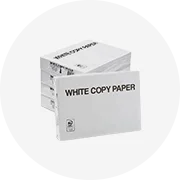
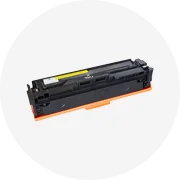
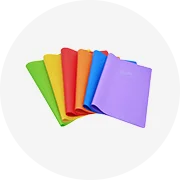
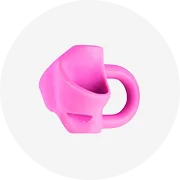
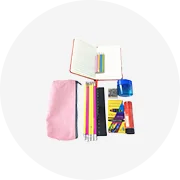

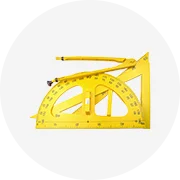
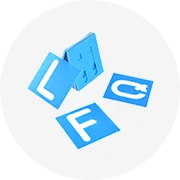
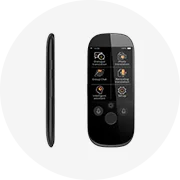



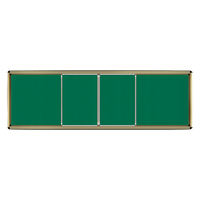









 浙公网安备 33010002000092号
浙公网安备 33010002000092号 浙B2-20120091-4
浙B2-20120091-4